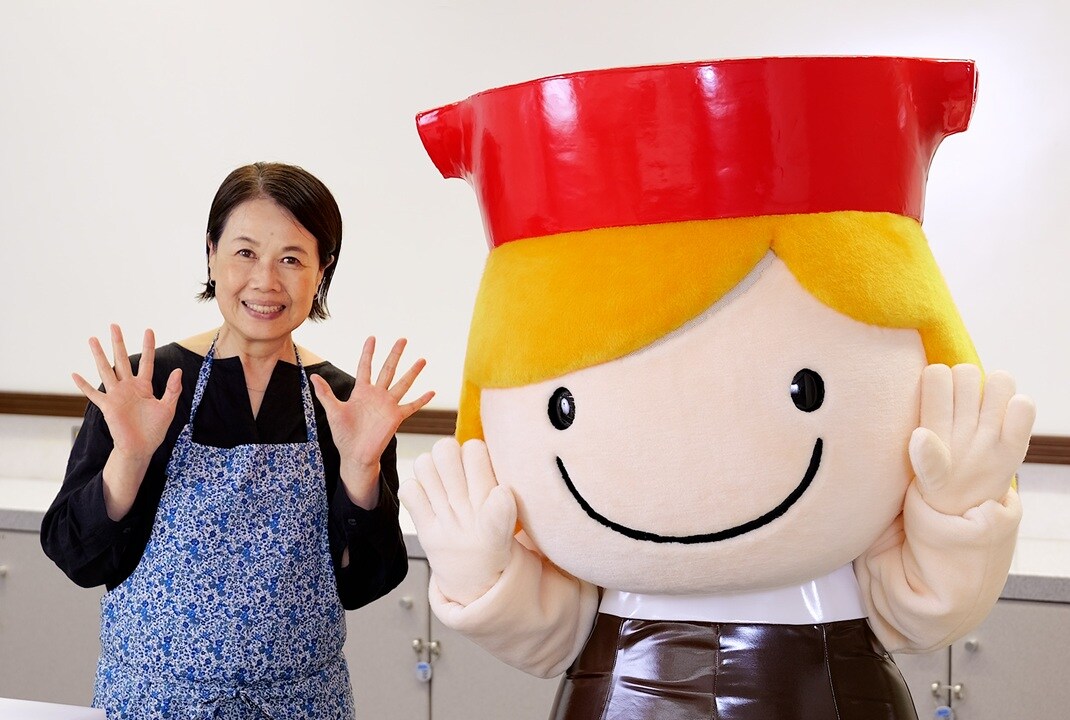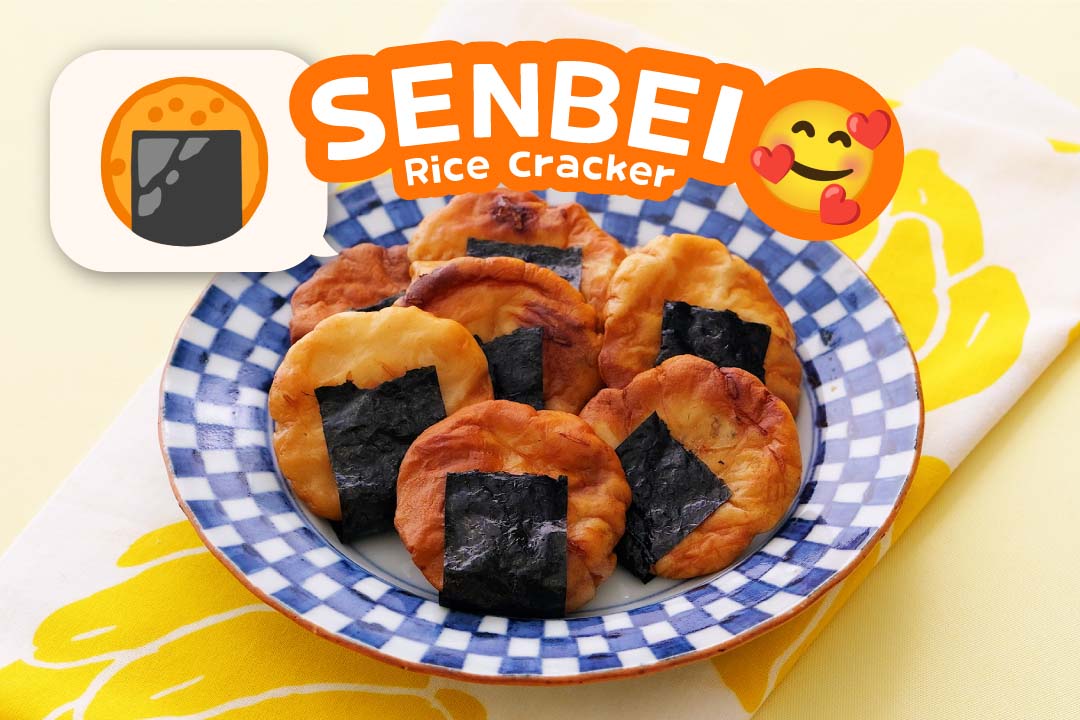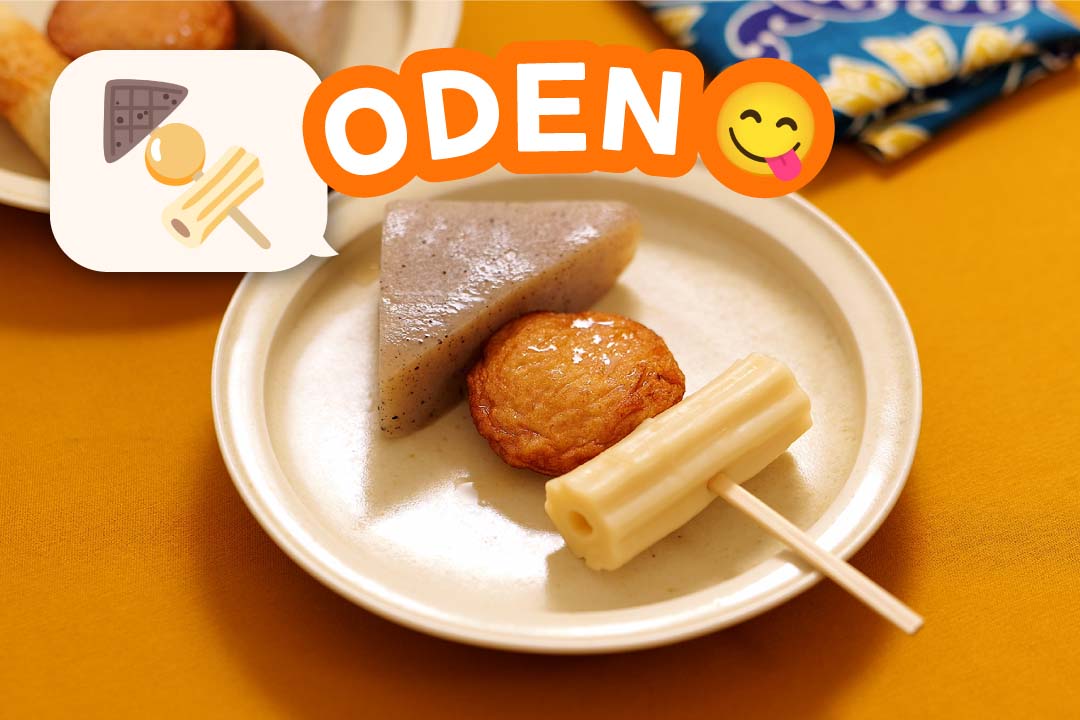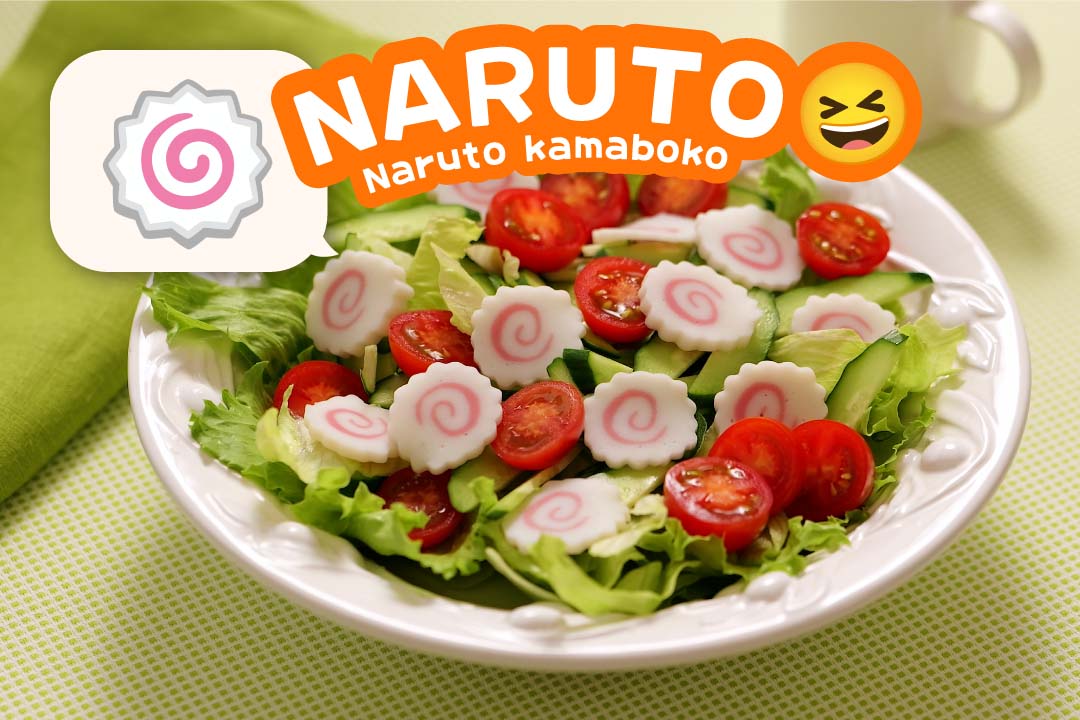
Emojis make text communication fun and easy. Did you know that many emojis represent Japanese foods? We introduce four recipes inspired by Japanese dishes and ingredients that have their own emojis. Each recipe uses soy sauce, so be sure to enjoy these emoji dishes with Kikkoman Soy Sauce!
What Is An Emoji?
The word “emoji” (絵文字) refers to a communication tool that originated in Japan. In Japanese, “e” (絵) means “picture,” and “moji” (文字) means “character.” Emojis were first created in 1999, when 176 pictograms were developed for use in mobile phone messaging. These were born from the concept: “Is there a simple way to express emotions and moods that are hard to convey with text alone?” For example, just adding 🎉 can instantly give a message a celebratory tone. A smiling face like 😊 helps convey warmth and friendliness more clearly than words alone. Today, emojis are widely used in chats and messaging apps to express feelings, atmosphere, and even a touch of humor, adding nuance that often cannot be wholly captured by words.
Since emojis originated in Japan, many of them naturally reflect Japanese culture, such as 🎏 , koinobori (carp streamers), and 🎎, hinamatsuri (Girls’ Day). While the variety of food emojis continues to grow, many of the original ones were based on Japanese cuisine. For this article, we have selected four Japanese foods from among the many food-related emojis to introduce.
How To Make Emoji SENBEI 🍘
🍘Can you guess the Emoji?
It is senbei, a Japanese rice cracker! Made from rice and flavored with soy sauce, the black strip is nori seaweed. Senbei are crispy, savory snacks that are a classic in Japan. The senbei sold at stores are made through a difficult process where rice flour is pounded, kneaded, and then dried over several days. Here we introduce an easier recipe for preparing senbei in your own kitchen. Enjoy the rich, appetizing aroma of soy sauce wafting from freshly baking senbei.
- Click here for the recipe Emoji Senbei (Rice Cracker)
How To Make Emoji ODEN 🍢
🍢 Can you guess the Emoji?
It is oden! A hot pot dish made with classic ingredients such as daikon radish, eggs, konnyaku (yam cake) and chikuwa (grilled fish cake tubes). Prepared by simmering the ingredients in a broth prepared from dashi (Japanese soup stock) and soy sauce, oden is a traditional hot pot dish often eaten in Japanese homes during winter. This Japanese soul food can also be found at convenience stores once the temperatures dip. As the oden emoji is a skewer of konnyaku, satsumaage (Japanese fried fish cake) and chikuwabu (chewy wheat tubes) or chikuwa from top to bottom, here we introduce a simple oden recipe using only these ingredients.
- Click here for the recipe Emoji Oden
How To Make Emoji RAMEN🍜
🍜 Can you guess the Emoji?
Popular worldwide, it is ramen! The broth for ramen is usually prepared from soy sauce, miso or salt. Classic toppings include soy sauce-marinated eggs, chashu (braised pork belly), Japanese long onion and bean sprouts. Here we introduce a soy sauce-flavored ramen recipe made with chicken broth. The umami-rich broth coats the noodles for extra savoriness. For toppings, feel free to substitute the ones introduced here with those you have on hand.
- Click here for the recipe Emoji Ramen
How To Make Emoji NARUTO Salad🍥
🍥 Can you guess the Emoji?
It is naruto kamaboko! This pink swirl patterned ingredient is the popular ramen topping “narutomaki”. It is a type of kamaboko, fish cake made from steamed and pressed fish paste, known for its distinctive swirl (maki) design. While the name “Naruto” may remind many of the famous manga character, the name of this fish cake actually is said to come from Naruto (鳴門), a coastal city in Tokushima Prefecture. Enjoy as is, or in the salad introduced here. A dressing of olive oil and soy sauce is the perfect match.
- Click here for the recipe Emoji Naruto Salad
Be Sure To Check Out The Emoji Quiz!
To help viewers outside Japan gain more familiarity with Japanese food culture, Kikona has created a fun quiz using the emojis introduced here 🍜🍥
Visit Kikona’s page and take on the challenge!
- Click here to take the quiz Kikona’s Emoji Cooking
About the Recipe Author

Yuko Ihara
Having lived in England and the U.S., Yuko Ihara is well-versed in a wide range of culinary genres. As a culinary researcher, she creates dishes for magazines and books, develops corporate menus, and also engages in product development and food consulting. She introduces easy-to-follow tips on how to make delicious food at home, emphasizing the importance of seasonality and healthful eating. When travelling, she loves to search for delicious vegetables and ingredients.
Instagram: @iharayukoo









